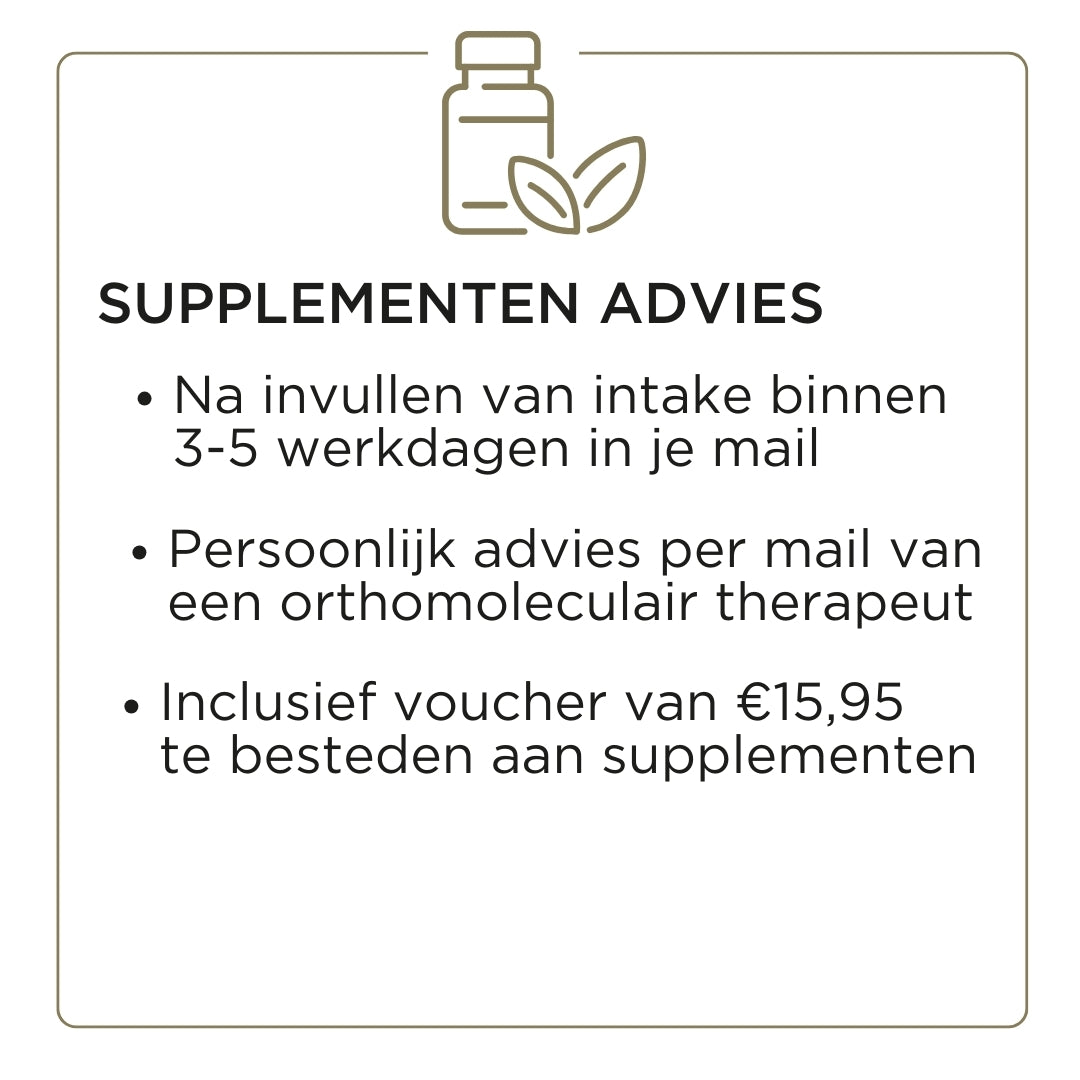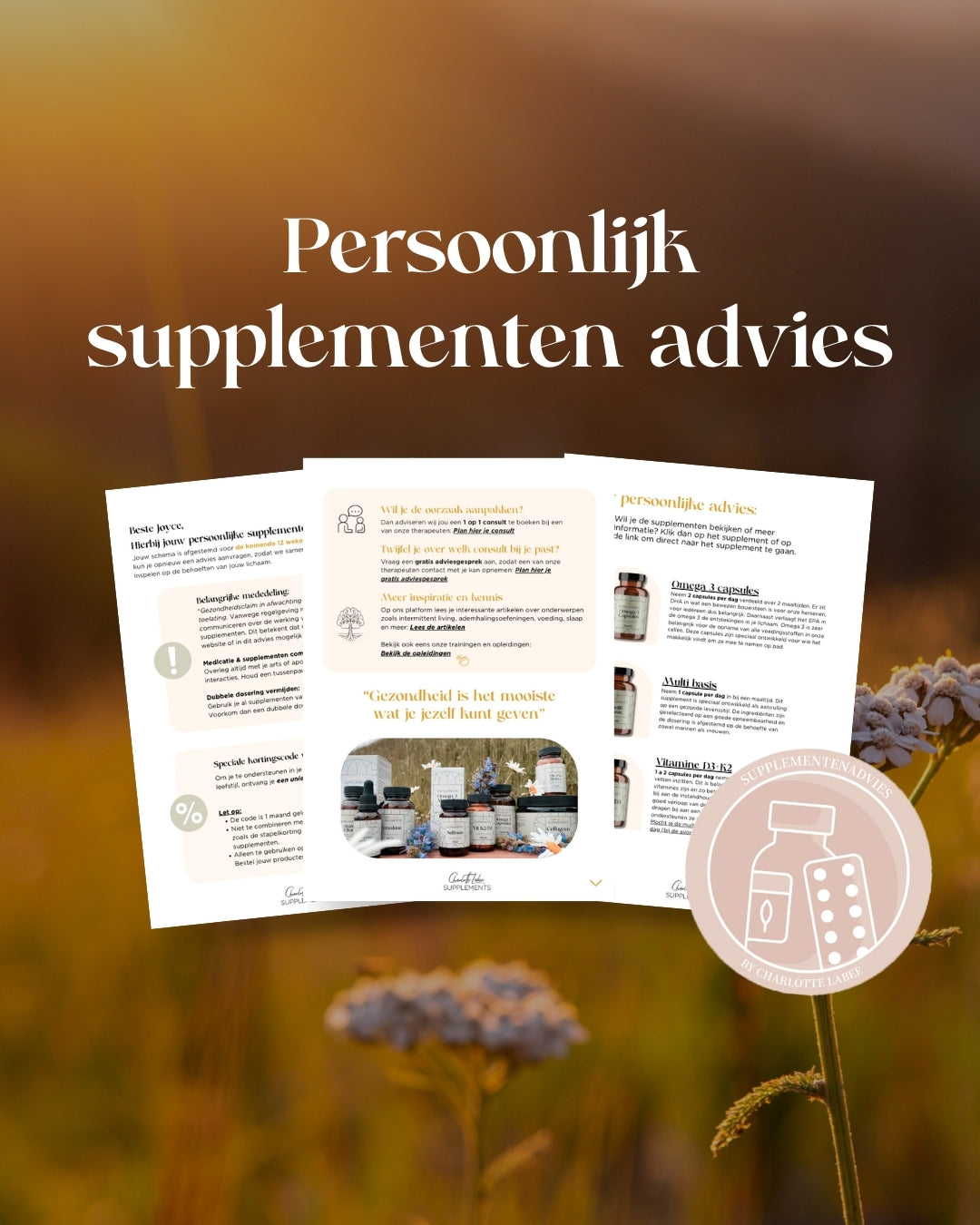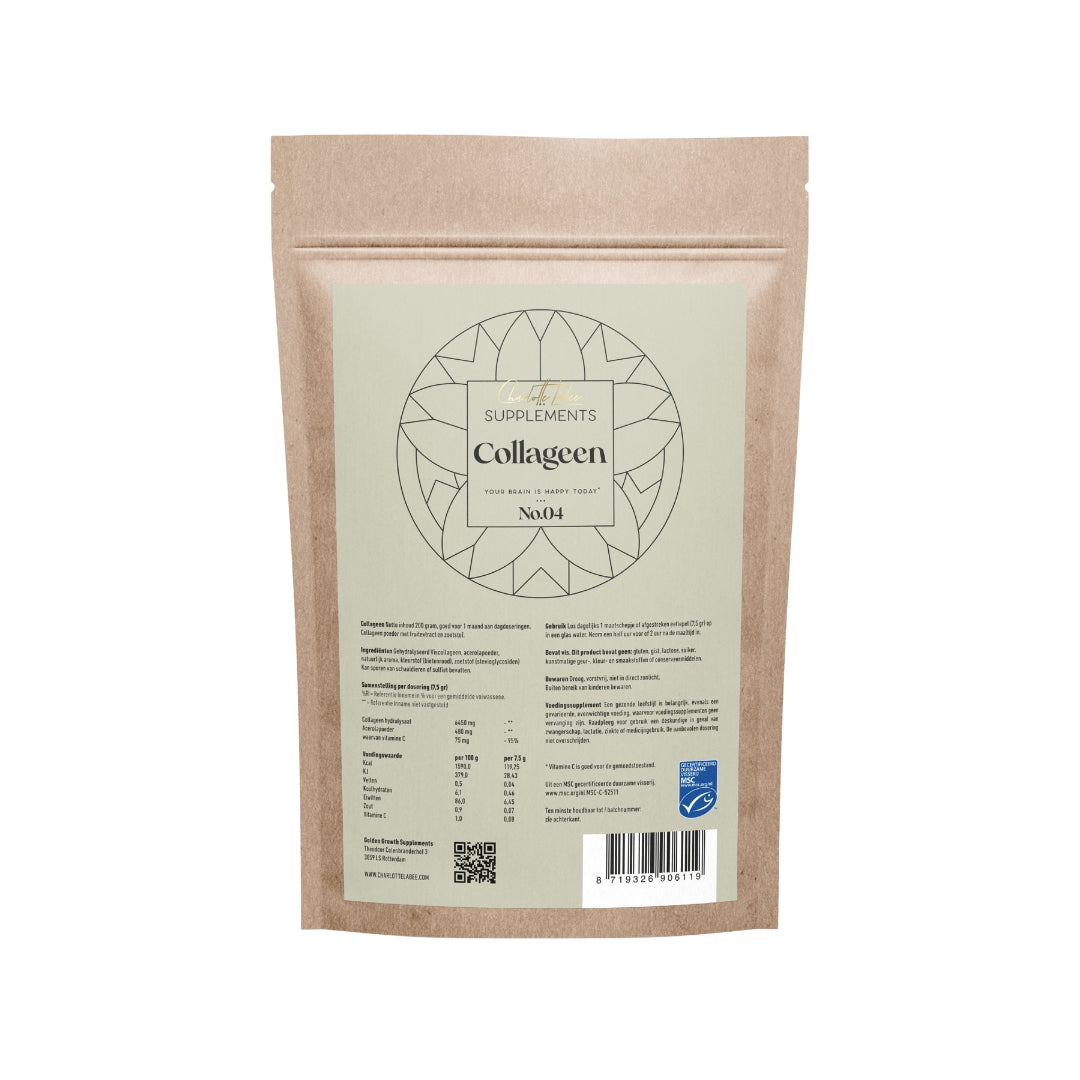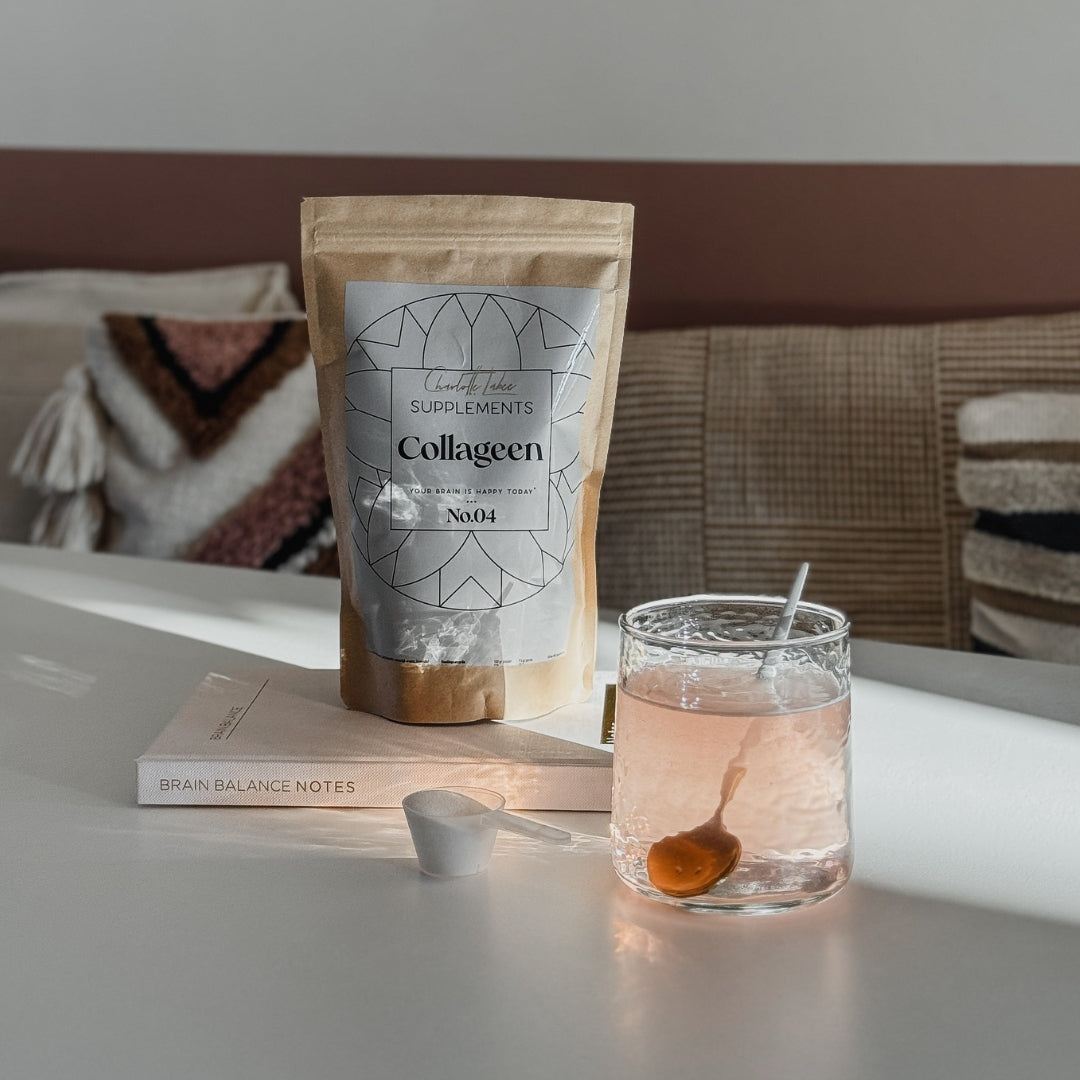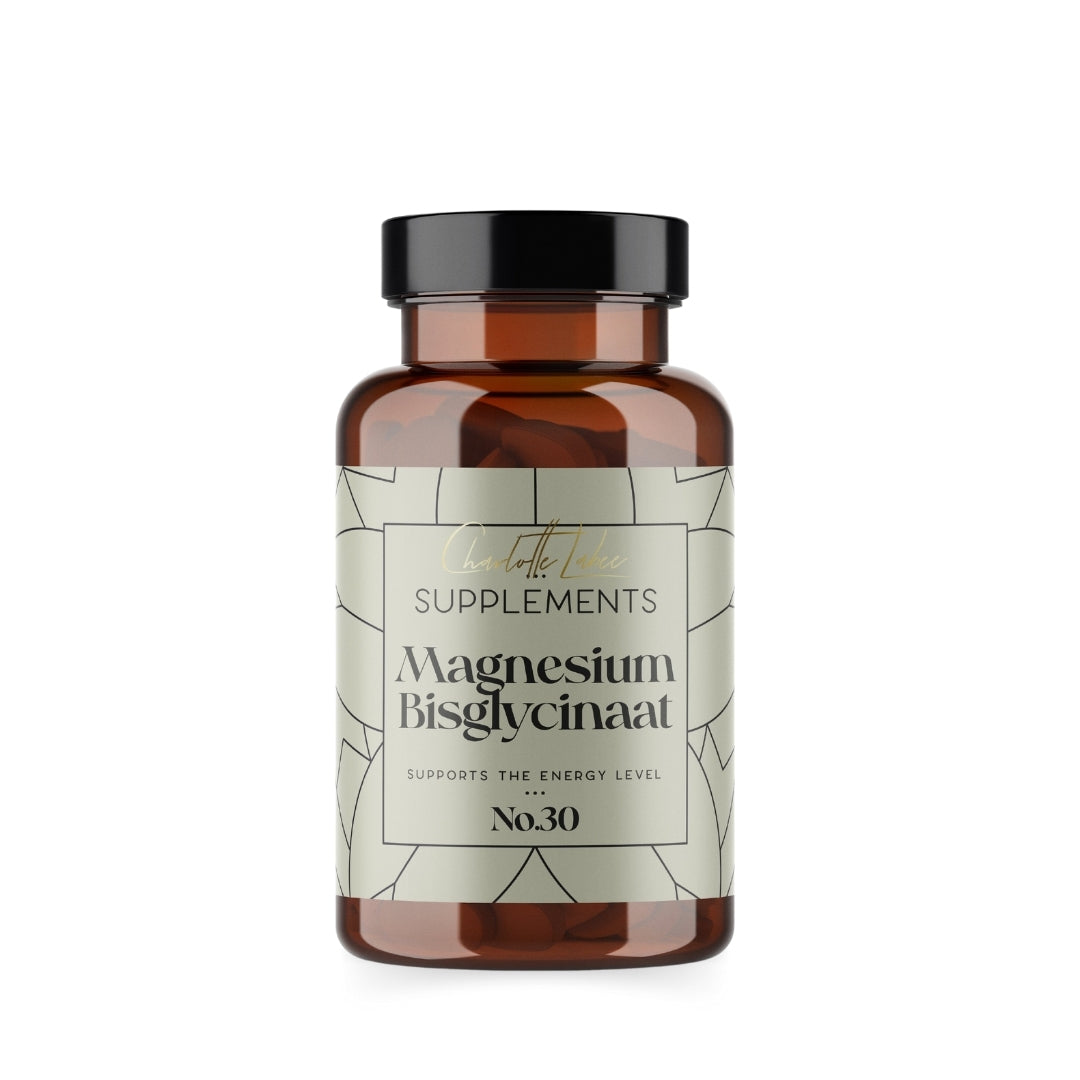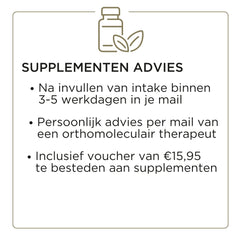Suiker vind je tegenwoordig overal in, en minderen met suikers is dan vaak ook de beste oplossing. Hoe je dat doet, lees je in dit artikel. Maar verantwoord met suiker omgaan komt er ook grotendeels op neer dat je moet weten wat je eet. Daarom bespreken we in deze blog 6 misverstanden over suikers. Weet wat je eet, en ondersteun je gezondheid!
1: Er bestaat niet zoiets als ‘gezonde suiker’
Gezonde recepten vervangen normale kristalsuiker vaak voor producten als honing of ahornsiroop, omdat dit ‘gezonder’ zou zijn. Ook zouden de suikers in fruit minder schadelijk zijn. Helaas is dit onzin: er is geen onderscheid in suiker die wel of niet gezond is. Suikers zijn suikers en worden allemaal op dezelfde manier in ons lichaam verwerkt.
Waarom kun je dan toch beter een banaan eten dan een reep chocolade? Simpel: er zijn voedingsmiddelen die wel suikers bevatten, maar die ook veel andere voedingsstoffen bevatten die wel gezond zijn en juist bijdragen in je gezondheid. Denk hierbij aan vitamines, mineralen en vezels. De voordelen wegen in dit geval op tegen de nadelen. Producten met toegevoegde suikers bevatten dit soort goede voedingsstoffen vaak niet. De suikers in fruit is ook een prima hoeveelheid suiker voor je lichaam om te verwerken, als je voor de rest suikervrij eet.
2: De term ‘suikervrij’ betekent niet dat er geen suiker in zit
Op talloze producten in de supermarkt staat de term ‘suikervrij’ vermeld. Dit betekent echter vaak niet dat het product helemaal geen suiker bevat. Er zijn landelijke richtlijnen die aangeven wanneer de term suikervrij gebruikt mag worden. Die richtlijn is dat er per 100 gram of 100 millimeter product, maximaal 0,5 gram suiker in het product mag zitten. In het geval van de term ‘suikerarm’, gaat het om maximaal 5 gram suiker per 100 gram of 2,5 gram suiker per 100 milliliter product. Ook zegt de term ‘zonder toegevoegde suikers’ weinig. Deze term betekent dat de fabrikant niet zelf suikers mag toevoegen, maar veel producten bevatten van zichzelf al suiker, zoals zuivel en fruit. Deze claims kunnen dus zeer misleidend zijn.
3. De light-variant is niet per se gezonder
Vooral bij frisdranken wordt de term ‘light’ of ‘diet’ nogal eens gebruikt en was een aantal jaren enorm populair. Een product mag ‘light’ worden genoemd als het gehalte suiker, vet of calorieën van het product minimaal 30 procent lager is dan dat van een vergelijkbaar product. Je ziet dat hier dus heel veel bewegingsruimte is voor een fabrikant. 30 procent minder suiker betekent niet automatisch 30 procent minder calorieën, of andersom. Bovendien bevatten veel lightproducten andere schadelijke en ongezonde ingrediënten en bevatten ze niet of nauwelijks gezonde voedingsstoffen.
4. Termen als ‘gezond’, ‘vers’ en ‘ambachtelijk’ zeggen niets
Waar er aan het gebruik van de termen light of suikervrij nog richtlijnen verbonden zitten, zijn er ook bepaalde termen die fabrikanten zomaar op hun verpakking mogen zetten zonder daar iets voor te doen. Denk hierbij aan termen als ‘vers’, ‘ambachtelijk’ en ‘gezond’. Dit zijn allemaal relatieve, moeilijk meetbare termen en daarom zijn ze vrij te gebruiken. Een verse vruchtensap is echter gewoon in een fabriek gemaakt, en niet die ochtend met de hand geperst met verse producten uit de moestuin. Weet wat je eet, en gebruik vooral ook je gezonde verstand in sommige gevallen.
5. De afbeeldingen op een verpakking zeggen niets
Koop jij vruchtensap waar een heel grote mango op staat afgebeeld, met het idee dat het dan wel om pure mangosap zal gaan? Helaas: de afbeeldingen op de verpakking geven niet automatisch het ingrediënt weer dat het meest in het product verwerkt is. Zo zien de ingrediënten van ‘mangosap’ van een bekende sapfabrikant er zo uit: vruchtensap uit concentraat (appel, sinaasappel 38%, mango 10%, witte druif, citroen). Slechts 10 procent van het product bestaat uit mango, terwijl die mango wel levensgroot op het pak afgebeeld staat. Trap hier dus niet zomaar in.
6. Alle claims zijn marketingtactieken
Wat betreft de teksten en claims die op de verpakking van een product staan, kun je er bij alle claims van uitgaan dat deze bedoeld zijn om jou te overtuigen het product te kopen. Dit zijn teksten waar met een marketingteam lang en slim over nagedacht is. Deze teksten zijn niet bedoeld om jou als klant op een transparante manier te informeren. Daarvoor moet je bij de kleine lettertjes, oftewel het etiket zijn.
Etiketten lezen
Die etiketten zijn echter soms lastig te ontcijferen, daarom delen we graag wat tips.
- De ingrediënten staan genoemd in volgorde van meest naar minst grote aanwezige hoeveelheid.
- In de ingrediënten moet je altijd even zoeken naar de termen die voor suiker worden gebruikt. Alles wat op -ose eindigt (fructose, lactose, dextrose) verwijst naar suiker, net als alles dat op -siroop of -stroop eindigt. Hoe verder deze ingrediënten vooraan in de lijst staan, hoe meer er in het product zit.
- De hoeveelheid suiker staat vermeld onder het kopje koolhydraten, waar vaak ‘waarvan suikers’ voor wordt gebruikt. Hier zie je hoeveel gram van het totaal aantal koolhydraten uit suikers bestaat.
- Uitrekenen hoeveel suikerklontjes er in een product zitten? Een suikerklontje staat gelijk aan vier gram suiker.
